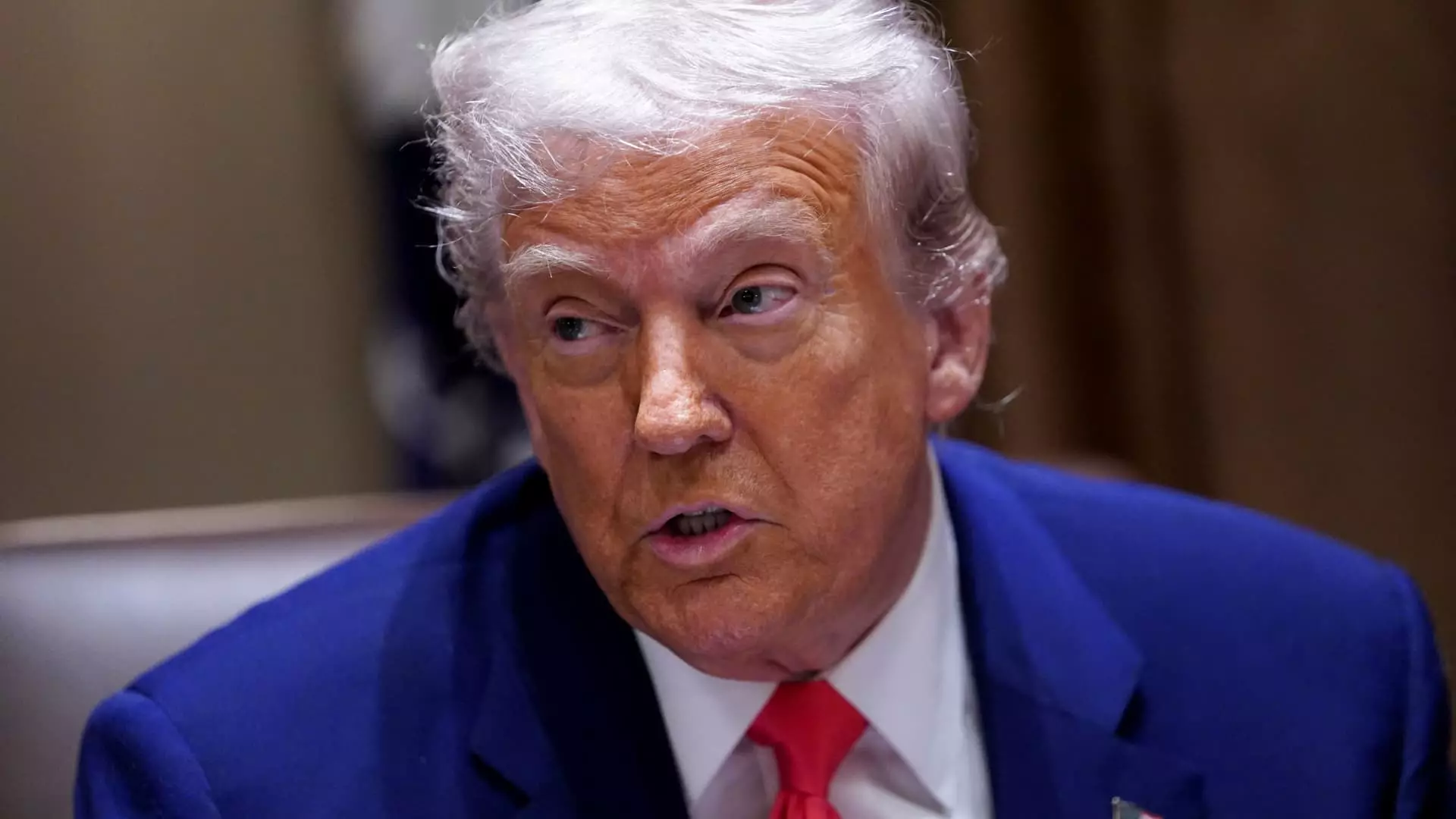145% Tariff Spike: A Looming Trade Catastrophe for America?

When President Donald Trump announced a staggering 145% tariff on Chinese imports, it sent shockwaves through the economic landscape, stirring a debate that needs urgent attention. Economist Erica York’s assertion that such tariffs could decimate trade relations between the United States and China is not merely an academic observation—it’s a glaring reality that could put countless jobs at risk and destabilize markets. The implications of these tariffs extend beyond borders, threatening to engulf not just trade dynamics, but the very fabric of supply chains woven across the globe.
As we dissect the current situation, it becomes evident that the administration’s protectionist strategy, while ostensibly aimed at fortifying domestic industries, is fundamentally flawed. York pointed out that tariffs above a narrow threshold effectively stifle trade. So why are we barreling headlong into a trade war with China? The idea that Americans will simply absorb the costs associated with these tariffs is a misguided illusion. The reality is that these costs will ultimately be passed onto consumers, leading to inflated prices at the cash register and restricting access to a variety of products.
A Shift Towards Protectionism: An Unprecedented Stance
The Trump administration’s pivot towards a protectionist narrative marks a stark departure from decades of increasingly free trade principles that had initially propelled American economic growth. The latest moves, including the temporary reduction of tariffs from other countries while exempting China, further illustrate this inconsistent strategy. A casual observer might question the logic: how can we maintain a competitive global stance while simultaneously isolating one of the largest markets for American goods?
What’s even more alarming is that the U.S. is heading towards its most protectionist stance since World War II. This ideological shift equates to a reckless gamble on the American economy that could backfire catastrophically. The Tax Foundation’s projection of a potential $171.6 billion increase in federal revenue from these tariffs sounds enticing but overlooks the broader economic consequences, such as lost jobs and reduced consumer spending power—elements that truly drive economic growth.
The Blind Eye to Global Economic Realities
China’s retaliatory actions, which saw its tariffs on U.S. imports soar from 34% to 84%, reflect a necessary response to what could be perceived as blatant economic aggression from the U.S. government. Global trade operates on a principle of reciprocity—it’s a balancing act that, when disrupted, can lead to protracted economic strife. With China indicating its steadfastness in the face of potential escalation, a trade war seems inevitable unless cooler heads prevail.
This confrontational approach under the guise of “America First” puts America’s competitiveness at serious risk. The real danger lies not in the tariffs alone, but in the potential degradation of long-standing trade relationships built on mutual reliance and respect. Each percentage increase in tariffs does not merely add to costs; it erodes trust and fosters an environment of uncertainty.
As debates continue, one must ask: Are we truly willing to sacrifice the foundations of our global economic standing for a short-term, myopic view that favors protectionism over collaboration? The stakes have never been higher, and if we don’t recalibrate our approach, we may not only see trade dwindling towards insignificance but also damage the long-term prospects for American economic vitality.





